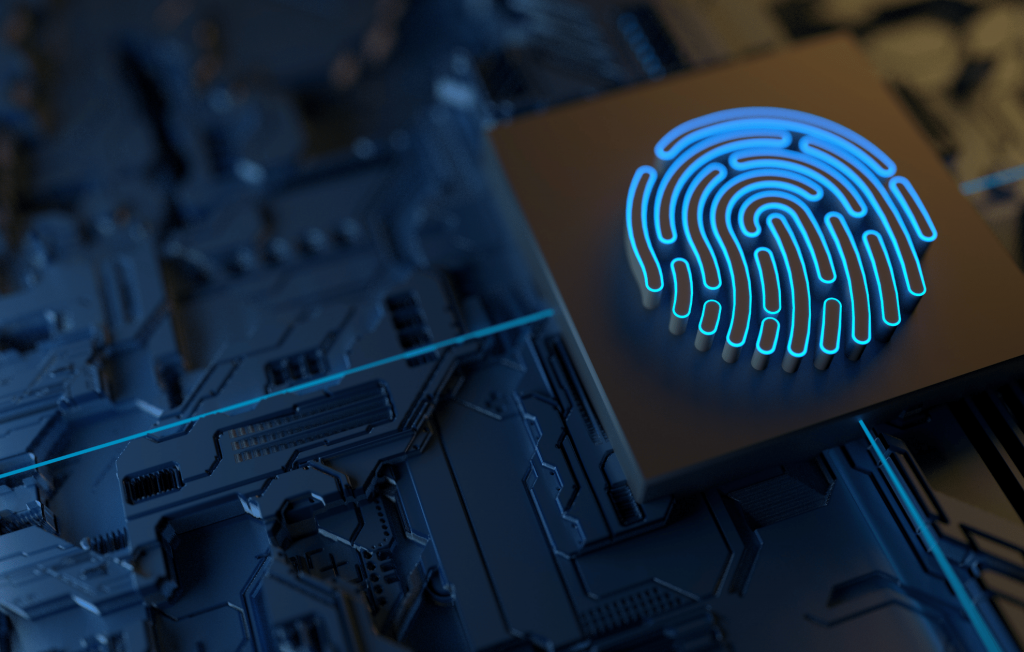Over the years, cybersecurity has become a huge concern for the federal government. The frequency of ransomware, malware, and phishing attacks has increased dramatically since the outbreak of the COVID-19 pandemic. The increase in the use of new technologies has also given rise to the requirement for comprehensive security.
Due to this, the Department of Defense (DoD) recently enacted new and increased cybersecurity regulations for defence contractors and subcontractors.
What is Cybersecurity Maturity Model Certification?
Since the Department of Defense collaborates with several subcontractors who have access to its information, even a small data leak can harm the country’s security. Hence the DoD decided to build Cybersecurity Maturity Model Certification (CMMC) with an information-tiered approach, wherein the contractors must meet specified security testing standards according to the contracts they are interested in.
The CMMC is a set of cybersecurity standards the DoD implements to ensure a higher compliance rate. Four components comprise the CMMC: control practises, security domains, processes, and capabilities. Before CMMC, Defense Industrial Base (DIB) contractors were responsible for conducting their own security checks, but now DIB requires third-party evaluations to ensure that all standards are met.

Why is CMMC needed?
CMMC accreditation, among other things, provides contractors with a collaborative risk management methodology that aids in minimizing their risk to cyber threats.
Along with serving military and civilian employees, the DoD relies upon many contractors to provide goods and services, entrusting each an access to a huge amount of sensitive government data. However, this raises their risk profile in the long run, including a threat to subcontractors, many of which are small businesses without the financial wherewithal to fight back.
In light of this, the DoD launched CMMC to help its global contractor base embrace best practices in cybersecurity with a “defense in depth” strategy.

Why is it important for contractors?
With CMMC, contractors in the DIB must have their network’s security maturity evaluated on a five-tiered scale. It’s important to note you don’t necessarily have to meet all five tiers; defense contractors only need to meet tier 3 to fulfil their requirements since it closely aligns with the current DFARS requirements.
To whom does it apply?
The certification applies to “prime” contractors who work directly with the DoD and subcontractors who work with primes to fulfil and execute those contracts. Although all contracts will require some level of certification beginning in 2026, the DoD has stated that it intends to issue contract opportunities at all maturity model levels. This means that some requests will be submitted that require only a low level of certification and others that require higher levels of certification.

Opportunities for government contractors in cybersecurity
Infrastructure and supply chains:
Between 2016-2020 U.S. faced multiple cyber-attacks like the SolarWinds, Microsoft Exchange server data breach, colonial pipelines, which exposed every system in the federal government to unauthorized access and unknown tampering. Furthermore, the sudden shift to remote work gave less time to strengthen insufficient cybersecurity, which has impacted both public and private sector organizations.
As a result, the Biden administration has stepped up its response by proposing a $2 trillion infrastructure spending bill that includes financing for improving the electrical grid, dealing with supply chain vulnerabilities, infrastructure upgrades and promoting A.I. and quantum computing. Additionally, Biden has requested $9.8 billion from Congress to help federal agencies improve their cybersecurity.
Furthermore, the $1.9 trillion American Rescue Plan allocated $650 million to the U.S. Cybersecurity and Infrastructure Security Agency for “cybersecurity risk reduction,” as well as $1 billion for the General Services Administration’s I.T. modernization program.
Businesses can seek government opportunities in developing, implementing, and improving security measures like:
- Monitoring security access and executing internal and external audits of security.
- Conducting vulnerability testing, risk analyses, security assessments and network management.
- Providing intrusion detection and prevention systems like firewalls, anti-malware, spyware etc
- Softwares for fraud detection and prevention
- Mobile device management for government officials
- Providing Multi-factor authentication (MFA) and authorization system
Opportunities in Research & Development
Research and development (R&D) organizations at the cutting edge of innovation are attractive high-value cyber targets. Since the U.S. national security and economic well-being are built on the foundation of R&D investment, it becomes a direct target for cyber threats and data breaches.
In FY2020, President Trump’s budget request included approximately $134.1 billion for R&D spending. This year, the Biden administration has proposed roughly $250 billion to promote innovation in U.S. national security and protect the technological advantage.
Businesses offering organizational data back-ups like data storage, cloud adoption, MFA, network access control etc., can seek opportunities with R&D to enhance their cybersecurity.
Security monitoring for the defense industry
More than $2 billion has been invested by the Defense Advanced Research Projects Agency (DARPA) in its A.I. Exploration (AIE) program to develop new technological solutions to military problems.DARPA aims to surpass competing technologies and develop artificial intelligence and machine learning technology that can be used to enhance its weaponry.
Businesses can look for cybersecurity opportunities in DoD industrial control systems (ICS) and SCADA environments. Including key opportunities in
- Providing system surveillance.
- building embedded system software for weapons and military hardware
- initiatives to execute device inventory efforts and cyber hygiene enhancements.
Conclusion
With cybersecurity threats on the rise, the CMMC was designed to focus on the supply chain integrity of the entire Defense sector. Contractors working for the Department of Defense should keep an eye on any new opportunities and be ready for CMMC 2.0’s rollout by strengthening their current security measures.
BidFortune continues to help contractors bid, analyze and compete for contracts across various sectors, including updates on important industry issues, opportunities and trends.
Sign up for a free trial here.
